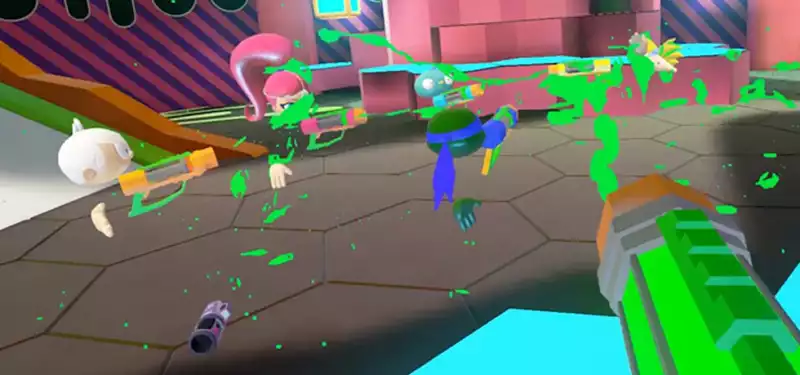May 2, 2017
Nickelodeon Establishes Entertainment Lab to Develop Future Technologies
Nickelodeon took a decisive step into the future today with the announcement of its new Burbank-based Nickelodeon Entertainment Lab.
This forward-looking initiative will fund research and development of new technologies and platforms that could ultimately impact the content produced by the studio's artists and the way children experience Nick's content.
The network does not expect to see immediate profits from this division. Some of the "long-term" areas currently being researched at Nick include real-time rendering, virtual cinema, virtual reality, augmented reality, mixed reality, and artificial intelligence. As a result, innovations could go beyond broadcasting and be applied to Nickelodeon's businesses such as live-action films, games, and theme parks.
The Nick Entertainment Lab states its goals as "building prototypes to test new ideas, collaborating with creators on innovation, and forming strategies around production capabilities to facilitate future content opportunities."
"Our Entertainment Lab is a way to give our artists and creators access to innovative tools that will inspire new ways to tell stories for the next generation of children," said Saima Zarghami, president of Nickelodeon Group. We are working with technology partners, game companies, visual effects companies, and our own creators to bring our IP to new platforms, in new formats, and faster."
Chris Young has been named senior vice president of the Lab. He was previously executive creative director of the Nickelodeon Animation Lab, the predecessor to the new Entertainment Lab. Its predecessor specialized in the development of production pipeline technologies such as real-time rendering. Prior to that, he was a producer for Nick. Young will report directly to Matthew Evans, EVP of Digital & New Business, and James Stevenson, SVP of Original Animation.
While the rebranding of the lab was announced today, Nick has been exploring new technologies for the past few years. In one of his recent technology demonstrations, Young oversaw the creation of a real-time virtual puppet version of Lincoln Loud using Adobe's Character Animator software. The idea was to see if the star of Loud House could be used as a real-time animation host on one of the network's program blocks.
Another of Nick's recent technology demonstrations was the vr experience Slime Zone (pictured at top), where up to six players use avatars of Nick's characters to engage in virtual space activities such as slamming slime together. A video of the Slime Zone can be seen here.




Post your comment